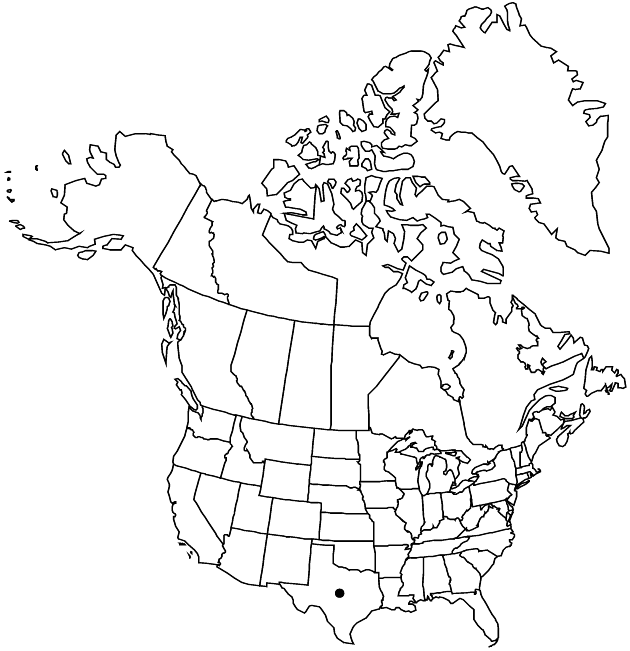Tetraneuris turneri
Phytologia 45: 467. 1980.
Perennials, 22–50+ cm. Caudices ± branched, branches not notably thickened distally. Stems 1–20, erect or ± decumbent, sometimes branched near bases, usually densely woolly or long-hairy among proximal leaves. Leaves all basal-proximal, new leaves not tightly clustered; blades linear-oblanceolate, oblanceolate, or spatulate, entire or basal and proximal with 2 (–4) teeth or lobes, moderately to densely woolly, usually densely glanddotted. Heads 1–20 per plant, borne singly. Peduncles 20–50 cm, moderately to densely hairy. Involucres 8–15 × 12–20 mm. Outer phyllaries 12–16, 5.2–7.8 (–10) mm, margins 0–0.2 mm wide, sometimes slightly scarious, abaxial faces ± hairy. Ray-florets 12–24; corollas 14–20 mm. Disc-florets 100–250+; corollas yellow proximally, yellow to purplish distally, 3.5–3.8 mm. Cypselae 2.6–3.4 mm; pappi of 6–7 lanceolate to obovate or oblanceolate, often aristate scales 3–4 mm. 2n = 90.
Phenology: Flowering (Feb–)Mar–Apr(–Jun).
Habitat: Roadsides, pastures
Elevation: 50–200 m
Distribution

Tex., Mexico (Coahuila)
Discussion
Selected References
None.